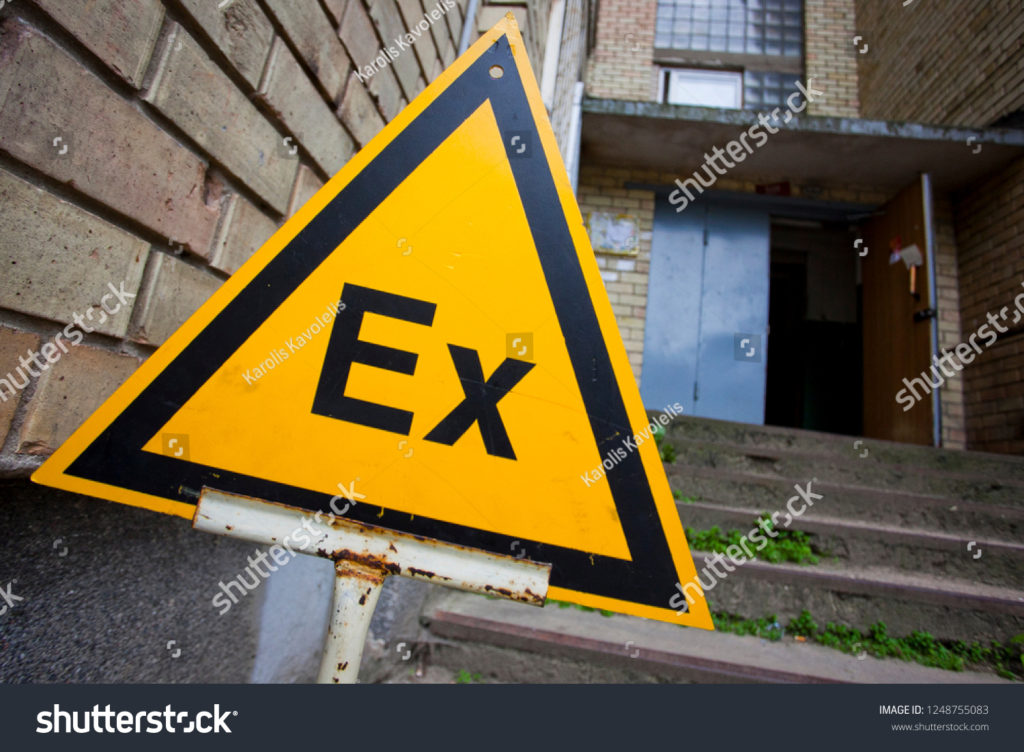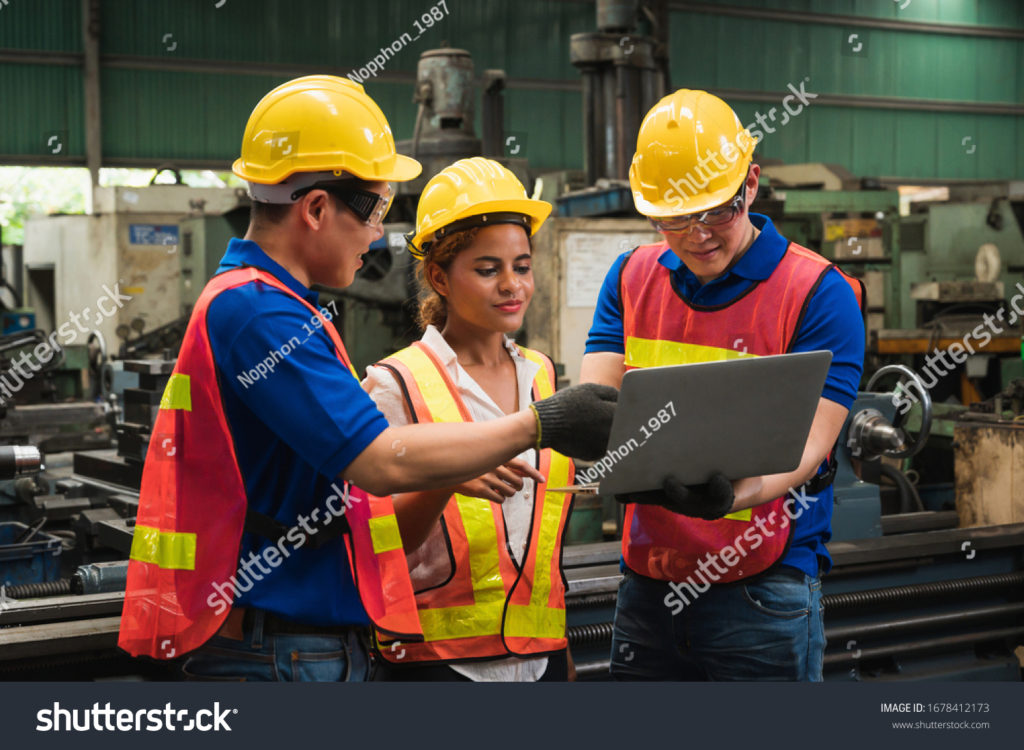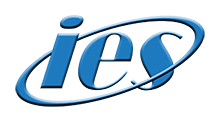
ATEX Directive Services
It hardly needs to be stated that explosive substances require careful handling, and it is therefore not surprising that the European Union has some very strict regulations governing the care and control of explosives.
What is rather strange is that companies who need to comply with these regulations turn first to their legal departments, rather than to their engineers.
“Horses for Courses” is a maxim that comes to mind here, and nobody would expect a competent lawyer to understand the complexities of the storage and handling of dangerous substances in potentially explosive atmospheres. This area of expertise is covered by engineers, and in the case of ATEX, the engineering teams of IES are entirely capable of understanding and implementing these two important directives.
Look for the Engineering Solution
The two EU directives that comprise what is generally known as ATEX are 99/92/EC and 94/9/EC. Between them, they cover health and safety of workers, and protective systems, in explosive environments.
Additionally, for applications in the UK, any location in which people are working and where gas, flammable vapours or dust might be found falls under the DESEAR Regulations (The Dangerous Substances and Explosive Atmospheres Regulations 2002).
IES has teams of engineers who are competent and qualified in all aspects of ATEX and DESEAR.
Advise and Design
IES offers the following to its clients:
- Compliance advice
- Consultancy and design
- Certified and qualified design and installation teams
- Project Management
- Implementation
Health and Safety and Protective Systems in organisations that are covered by the ATEX directives need to ensure that every aspect of compliance is covered.
Working with the Client
ATEX Automation needs to be designed, tested and implemented by engineering teams who are not only experienced in the wider aspects of this discipline, but who also understand the additional complexities that are involved where explosives are concerned.
ATEX Instrumentation is specialised, and can be complicated, although the engineers at IES always seek the simplest solutions, finding them to be the most reliable, durable and safe.
ATEX Integration is where other departments in a client’s business may become involved. Bringing the new project on line, and integrating it into the existing system, needs to be handled with care, minimising down time and ensuring that safety is covered at all times. IES engineers work alongside the client’s own teams, as well as with financial and legal departments, in order to ensure that everybody understands the aspects of the upgraded system. In the hands of experts, the costs are kept to a minimum; left to those who are less than adequately qualified, the most expensive option is likely to be brought into play: “Buy cheap, buy twice”.

ATEX Controls are another area where expertise is essential. Not everybody on the site will be a qualified and competent engineer, and the control system must take account of this if the controls are to be safe in the hands of all who work with them.
ATEX installation, the final stage of the upgrading and testing of the new system, must be carried out alongside the client’s own team of engineers, and here IES has an enviable reputation. Engineers have been talking to engineers throughout the process, and the last stage of what could have been a difficult and expensive project is almost always the same; satisfaction all round!
